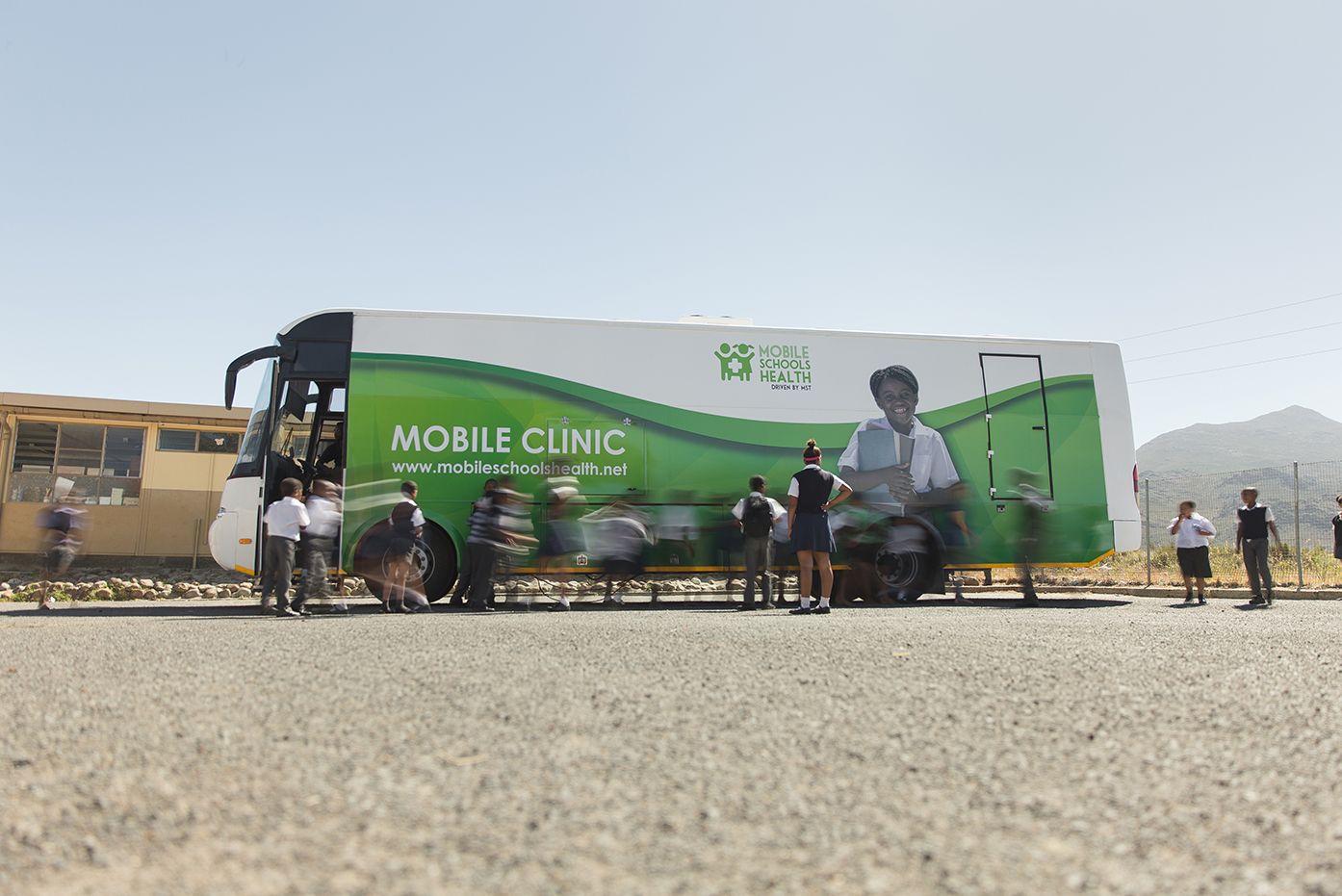The convenience factor – are brick and mortar facilities cutting it?

One of the great benefits offered by the mobile healthcare service solutions that can be seen in rural areas is that the platform is adaptable.
Vehicular service delivery solutions have long been a staple in rural, remote, and hard to get to regions. Extending the reach of essential health and education services to people in isolated places. The full breadth and limit of what can be achieved with vehicle-based service delivery are however still unexplored. Adaptability and convenience factors play such a significant role in our world today, in service delivery, these remain largely absent. Service delivery options are inconvenient and inflexible, even behind the times, and that’s of little surprise. In many places, the way services are delivered has not changed or improved in any way for many years, even decades. This presents an opportunity.
The convenience factor
One of the great benefits offered by the mobile healthcare service solutions that can be seen in rural areas is that the platform is adaptable. The number of vehicles provided, and the range of features carried can both be flexibly changed and increased, adapting quickly to suit changing needs, and the facilities can be easily relocated, being moved to where the need is greatest. Despite these advantages, adoption of these types of platforms has been slow, due to the technology and phone, or internet, connection limits they used to have.
Modern solutions do not have any such limitations. Mobile clinics can handle the needs of preventative care programs, such as vaccine campaigns, or routine care, such as dentistry and general check-ups. They can also serve on the front lines in epidemic or disaster response, and even provide advanced care, holding facilities for CT scans and MRI. Mobile education platforms meanwhile can bring learning facilities, such as classrooms and computer labs, to places with poor infrastructure. Mobile platforms today can, in fact, serve for almost any function fixed facilities can. They can be offices, retail outlets, voting stations, government administration centres, disaster response headquarters, or unemployment support offices.
Vehicular service delivery offers agility
There is however one key difference between mobile, vehicle-based service delivery options and brick and mortar facilities: agility. With mobile solutions, service delivery can be quickly scaled up or down. Adapting available facilities so that supply meets demand, even in fast-changing environments. Facilities can also be easily moved, placing them in locations that are convenient for the people they are there to serve. When demand falls, these facilities can then be recalled or moved to another location. This not only helps make sure needs are better met, but it also reduces costs.
Vehicular service delivery is a transformational tool. Making sure services are delivered effectively, easily accessed, convenient and not only in isolated places but everywhere. Fixed facilities are well suited where demand is stable, and requirements do not change often. Such circumstances are rare. The future belongs to modern, mobile alternatives, that can offer user-centric, convenient, customisable, and extensible service delivery. This places the facilities that are needed, in the places they are needed, at the times they are needed.
